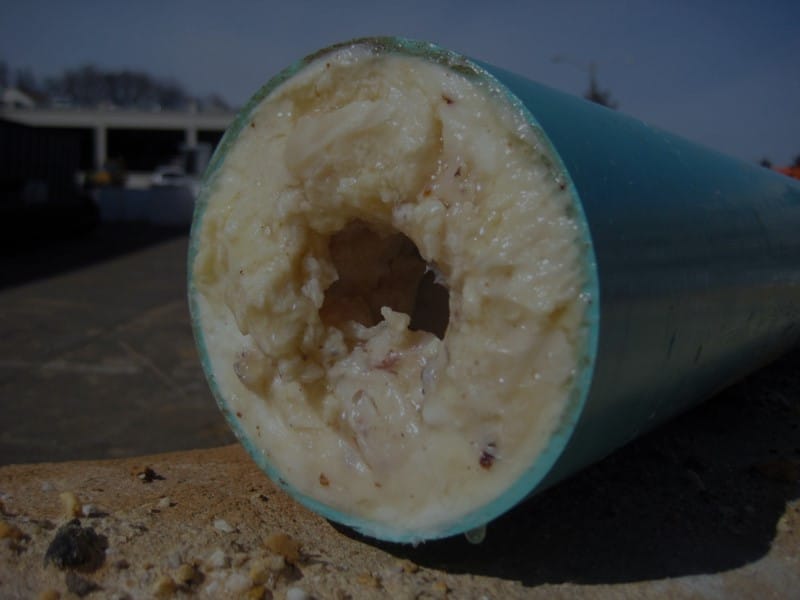EN 1825 Overview
EN1825 is the British and European design standard for Grease Traps and Separators. BS EN 1825 also mandates the minimum size for a greasetrap.
Four main factors are considered. They are:
The EN1825 calculation is complicated. The good news is we can work it all out for you as part of our free survey.
We’ll work out all the variables from Maximum Flow Rate of Wastewater (Qs) – or how much waste water you produce; the Temperature Factor (ft) – hotter water reduces the efficiency of grease separators; the Density Factor (fd) of FOGs produced – this depends on what you’re cooking and how; and the Detergent and Rinsing Agent Factor (fr) – detergents, including dishwasher powders and rinsing aids will impair the separating effect – especially if plumbed in ‘upstream of’ a grease separator.
We’ll give you a full report and detailed EN1825 calculation completely free and without obligation. Chances are we can save you some money – but even if you don’t choose to act on the survey report you’ll know where you stand and you’ll know where we are if you need us.
1. Calculating Waste Water Volume per Day (V)
Qs is calculated according to the following formula: V = Vm x m where Vm is the volume of water used for food preparation – this is a coefficient determined by the EN 1825 Standard and m is the number of meals per day.
2. Calculating Waste Water Volume Qs
Qs is calculated according to the following formula: Qs = (V x F) / (3,600 x t) where Qs = maximum wastewater flow rate in litres per second, V = average volume of wastewater per day in litres, F = hourly inequality coefficient which depends on the type of establishment and t = average time of system operation per day in hours.
3. Other Factors
There are other constants and coefficients required by the Standard:

Putting It All Together…
Once all the above have been calculated we use the formula NS = Qs x Ft x Fd x Fr. This ‘nominal Size’ (NS) is then multiplied by 1,400 to give the minimum volume in litres. Or just contact us and we’ll do it all for free!
Read more about our Bio Drain Management – it makes undersized grease traps compliant plus reducing disposal and emptying costs and risk of blockage.


